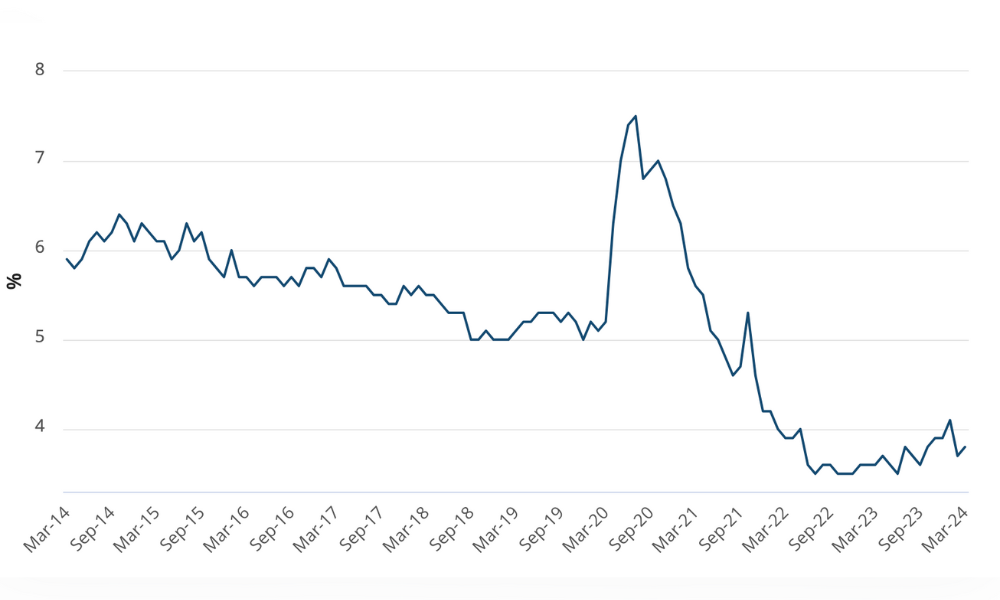Most employees see the performance review as inaccurate and say it doesn’t motivate them
.jpg)
HRD interviews Tym Lawrence, Director, Solution Architects APAC, at SumTotal ANZ, about how the traditional annual performance review rarely produces the desired outcomes.
What’s wrong with traditional performance reviews?
Just last week a good friend was complaining to me about their annual performance review. My friend felt that it didn’t capture all the things they had done well, and was simply an excuse for the manager to find some arbitrary flaw that needed work. Put simply, my friend felt their review was a total waste of time.
My friend was right. The traditional annual performance review is time-consuming and rarely produces the desired outcomes.
According to research conducted by CEB and reported by the Washington Post, 90% of managers are displeased with how annual reviews are conducted. Another 90% of HR leaders believe the process does not yield accurate information. CEB’s research shows that “individual performance ratings have absolutely zero correlation with actual business results”.
According to this infographic from Globoforce, 51% of employees see the performance review as inaccurate and 53% say it doesn’t motivate them.
None of this should be surprising - one interview or survey per year won’t give a true and comprehensive picture of an individual’s contribution to a company or the areas where they could improve.
A lot happens in a year, and only checking back once means things get forgotten, good work isn’t recognised in a timely manner, and small problems have already become deep-seated resentments. From an employee perspective, annual reviews are box-ticking exercises that rarely result in effective outcomes, and certainly aren’t worth the time they take.
What’s the better alternative and how can technology be used to support this?
In a recent TriNet survey, 85% of employees said they’d feel more confident if they could have more frequent conversations with their managers. Employees want to know how they’re tracking, that they are on target to meet their goals, and that their concerns are heard. They don’t want to wait a year for that kind of feedback.
The best approach to performance management is continuous feedback, meaning that feedback is provided immediately. This enables more timely behaviour change and keeps employees focused on the most important goals. Furthermore, because you can obtain feedback from anyone, outcomes are more fair and unbiased.
Providing continuous feedback increases morale and helps employees stay on track with their professional goals. It provides better feedback for individuals, enables leaders to capture better data, and instils a better corporate culture because frequent, data-driven feedback supports a positive workplace environment.
Companies will have to invest in modern HR technology, as large amounts of feedback can’t be managed on paper or through email.
When investing, look for a single dashboard to easily review, search and filter all feedback you’ve provided, and that also allows employees to review the feedback they’ve received. It should be able to categorise feedback (e.g. giving recognition versus coaching) and link to competencies and goals in an integrated talent system, so you can revisit conversations in conjunction with training and development plans.
Capturing more accurate and timely data means you can better find and develop your high performing talent, as well as manage underperformers more effectively.





